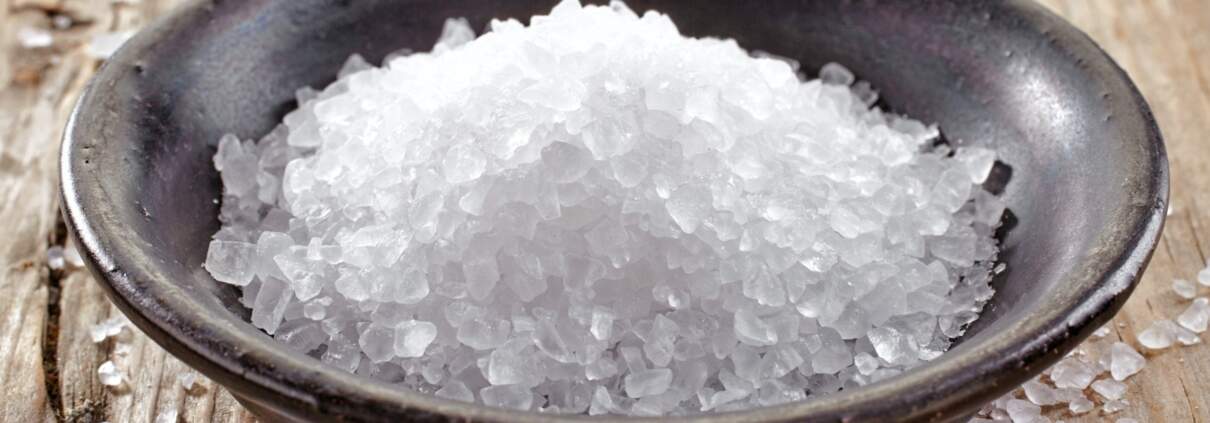Reducing Sodium Intake – a Food Supply Approach
Recorded August 31, 2021
Continuing Education Hours: IAFNS is a Continuing Professional Education (CPE) provider with the Commission on Dietetic Registration (CDR). CDR Credentialed Practitioners will receive 1.0 Continuing Professional Education Unit (CPEU) for completion of this recorded webinar until August 31, 2024.
Description: Over the past 8 iterations of the Dietary Guidelines for Americans, sodium intake has exceeded recommended amounts. Elevated intake is the result of many factors, to include quantity in the food supply and food choice or eating behavior. To mitigate one of the most difficult challenges, behavior change, there has been a renewed focus on the food supply factor. In fact, substantial progress has been made to reduce sodium in processed and packaged foods, although challenges remain due to the complex roles of sodium in food safety, technical function, and taste. This session will provide an overview of the tools available to reduce sodium in foods that maintain safety, function, and taste, to include examples from the marketplace. Challenges with specific food products will be examined. Finally, speakers will focus on one of the most used tools, potassium chloride, and relay data from a recently published modeling study that explored the full potential of this tool for sodium reduction and the effect this could have on sodium and potassium intakes in the US population.
Webinar program:
Welcome from IAFNS
Naomi Fukagawa, MD PhD, USDA-ARS - Moderator
Current Status of Sodium Reduction in Foods - What Has Been Done, and How Much is Possible?
- Janice Johnson, PhD, Cargill
Tools for Sodium Reduction in Foods – The Fundamentals
- Soo-Yeun Lee, PhD, University of Illinois
Use of Potassium-Based Sodium Replacers - What Happens to Nutrient Intake?
- Mary Murphy, MS, RD, Exponent
Learning Objectives:
Upon completion of this webinar, participants will be able to:
- The multiple roles of sodium in foods and the complexities of reducing this ingredient in different food categories.
- The tools available for sodium reduction, including the potential for potassium chloride use in the food supply to affect intakes of sodium and potassium.
- Progress in sodium reduction and what is needed to achieve more.
Performance Indicators
- 4.1.2 Interprets and integrates evidence-based research and literature in decision making.
- 8.1.2 Applies knowledge of food and nutrition as well as the biological, physical and social science in practice.
- 8.3.6 Keeps abreast of current nutrition and dietetics knowledge and trends.



